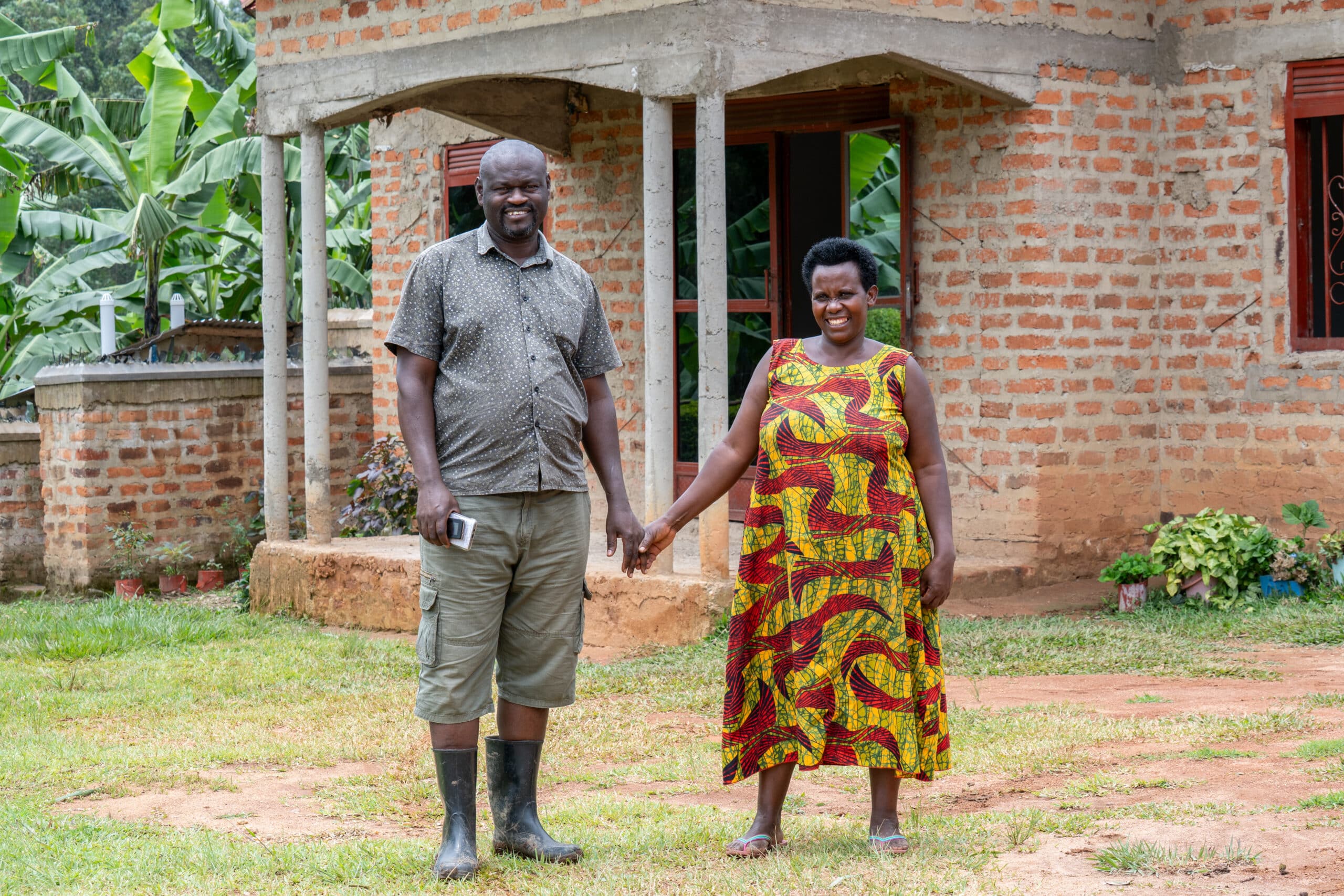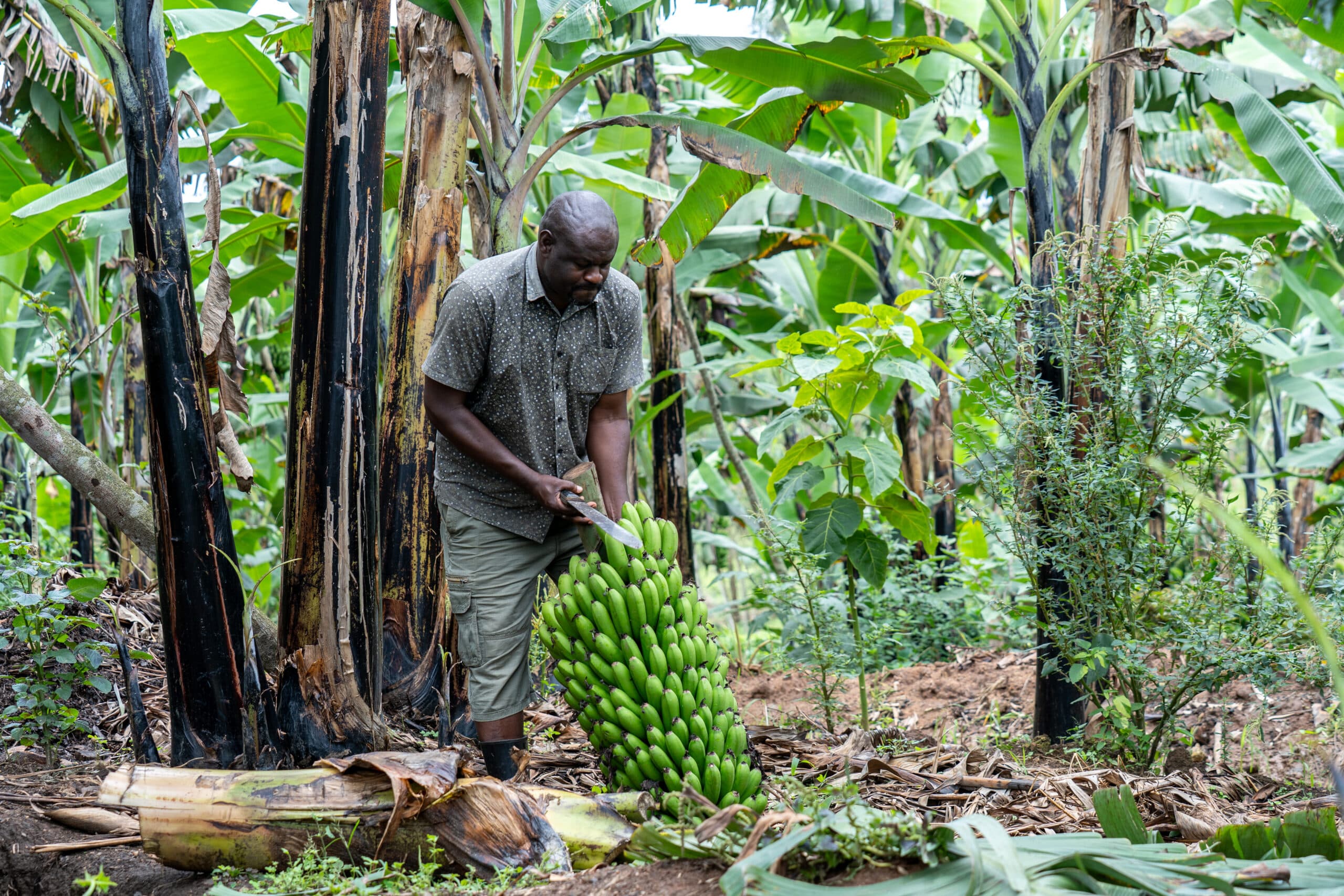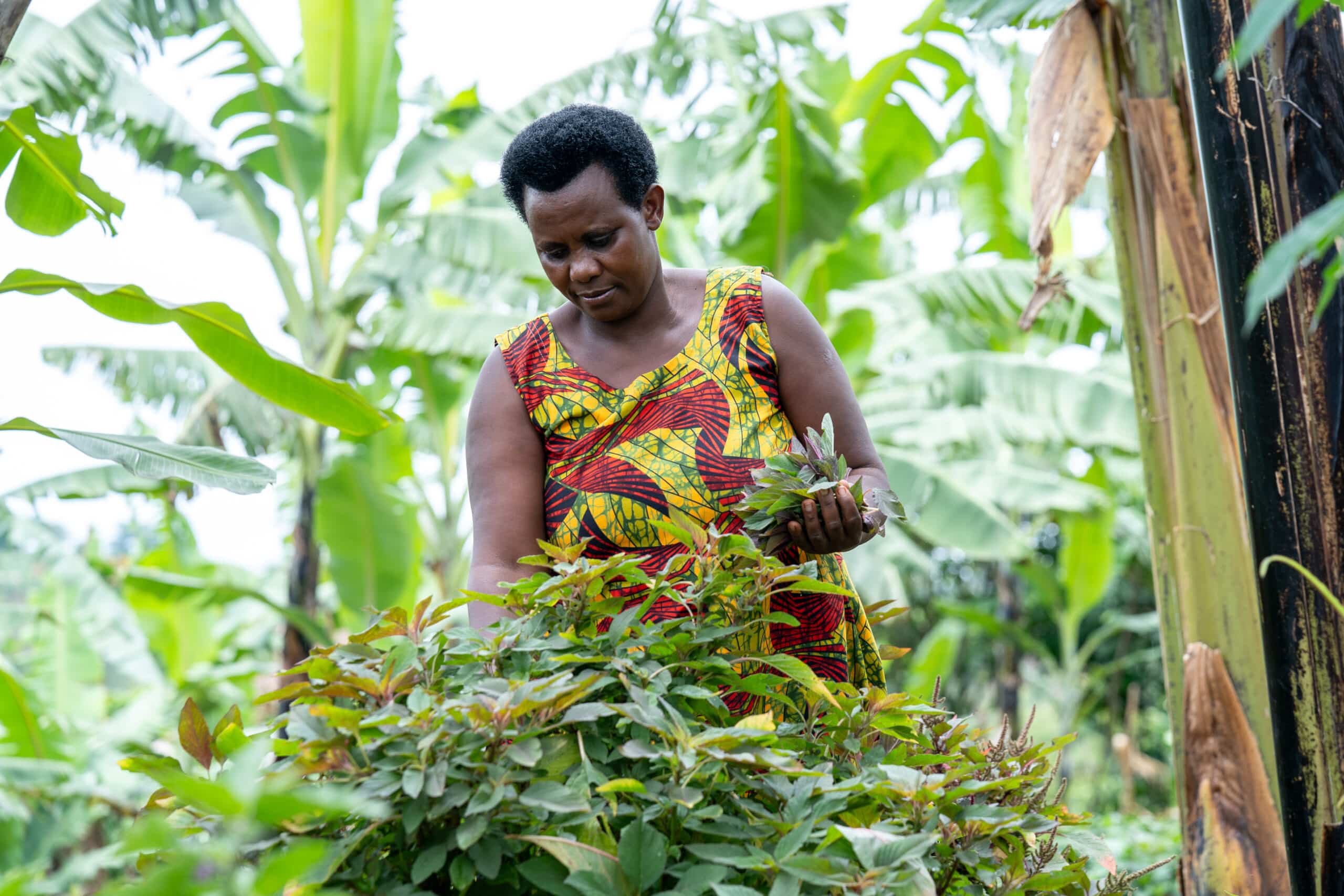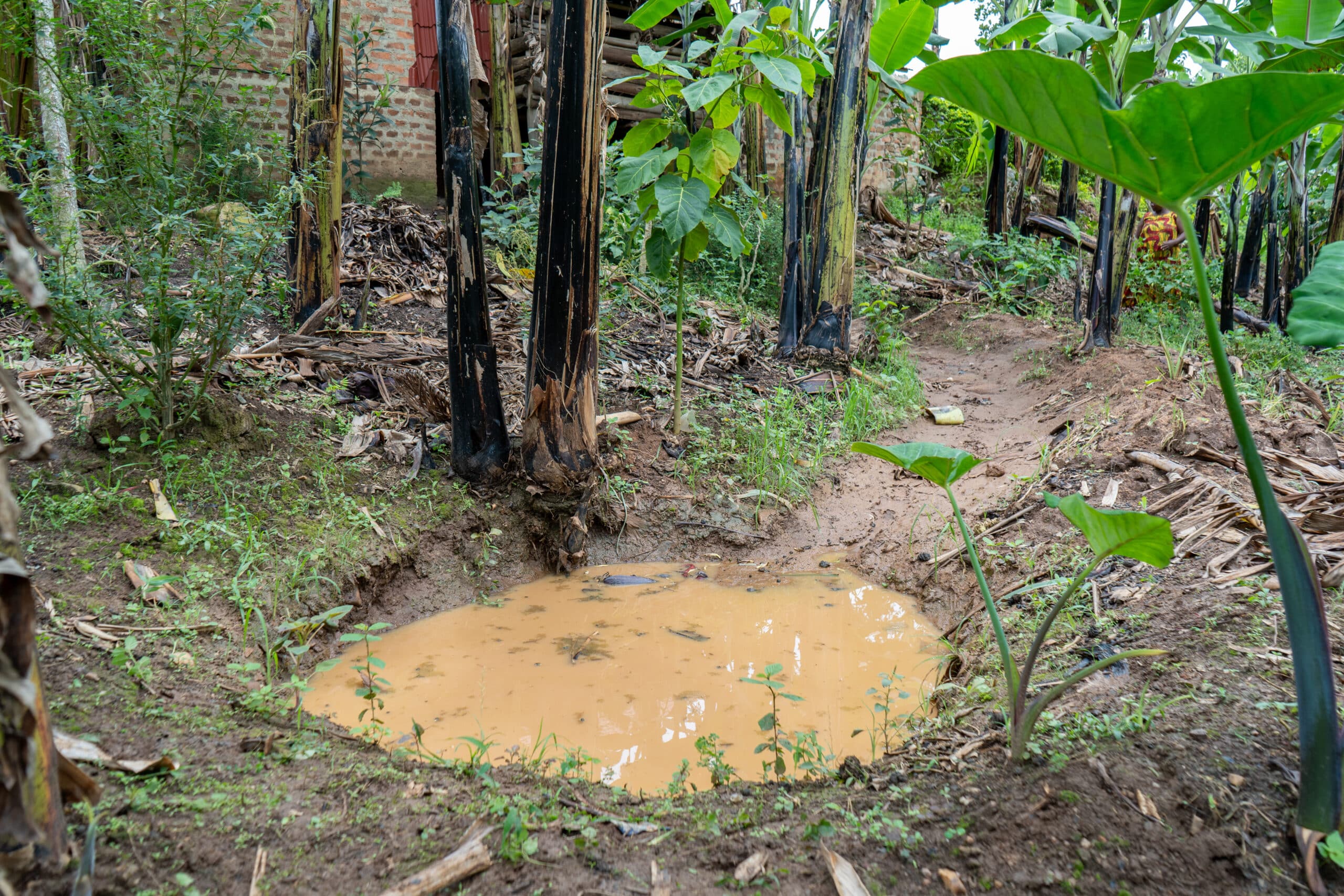Climate Resilient Farming

In a remote village in Mitooma District, Silver and Barbra have turned their 1.5-acre farm into a model of climate-resilient agriculture. They have adopted new techniques to safeguard their crops, improve yields, and secure their income—demonstrating how farming communities can adapt to an increasingly unpredictable climate. Not long ago, Silver and Barbra were finding it difficult to deal with the effects of climate change on their agriculture. “We used to face prolonged dry seasons and didn’t know how to cope,” Silver recalls. “Our traditional seeds couldn’t withstand the intense sunshine, crops took too long to mature, and we also grew a few varieties of crops,” Like Silver and Barbra, many Sub-Saharan African communities reliant on rain-fed farming face growing climate threats. Erratic rainfall and frequent droughts have affected crop yields, food security, and agricultural incomes.

In 2024, their community partnered with Raising The Village to address ultra-poverty in last-mile communities and build agricultural resilience to the effects of climate change. Silver and Bardbra participated in various training sessions on modern farming practices, covering the use of good-quality seeds and organic fertilizers, crop diversification, water control techniques, mulching, and various other practices. They also received improved and resilient seed varieties. Silver and Barbra diversified their farm to include a variety of crops. They planted coffee, bananas, maize, beans, cassava, yams, sweet potatoes, and groundnuts. “We received fast manuring seed varieties like beans, which take as little as 2 to 2.5 months to mature, Irish potatoes at 2.5 months, and maize at 3 months, and they are ready for harvest,” Silver shares. These improved varieties ensure consistent yields even in shorter growing seasons, reducing the risk of total crop failure. They further diversified their farm by planting vegetables and fruits for improved food security. Amaranth, eggplants, sukuma wiki, spinach, etc., provided them with a reliable source of nutrition for their family. Additionally, they also began cultivating passion fruits and tomato tree fruit while also integrating rosemary as a natural pest deterrent. This diversification not only mitigated the risks posed by erratic weather but also enhanced soil fertility and improved household nutrition.

With water scarcity being a significant challenge, particularly during extended dry spells, they adopted multiple water conservation techniques aimed at maximizing rainwater retention and usage efficiency. Mulching has become a key practice, helping to maintain soil moisture and reduce evaporation. Additionally, they constructed water trenches and pits to capture and store rainwater for irrigation purposes. Silver also ingeniously redirected a nearby natural water stream through their gardens, ensuring a continuous water supply for their crops, even during drought periods. Preparing and using organic fertilizers, including compost and liquid manure, helped enhance soil health and nutrient retention and reduced dependency on expensive synthetic fertilizers, making their farms more sustainable and cost-effective.

The results of Silver and Barbra’s hard work have shown good results. Their household enjoys a balanced diet filled with the variety of foods they grow, reducing their dependence on market purchases. “We no longer buy vegetables from the market since we now grow them ourselves, and we even look healthier than we used to be because of feeding on a variety of foods rich in nutrients,” Barbra narrates. As they ventured into selling their produce, they found strong demand for amaranth, generating approximately UGX 30,000 each week. Their tomato tree fruits brought in around UGX 10,000 per kilogram, and their banana and coffee yields have improved significantly with the application of compost manure, leading to good sales of matooke at prices ranging between UGX 20,000 and UGX 30,000 a bunch.
Despite their success, Silver and Barbra face limitations due to their small landholding. “Our 1.5 acres of land restricts us from expanding production, as we must balance multiple crops within a limited space,” Silver explains. They plan to acquire additional land to scale up their farming operations.
Be part of our journey. Support last-mile communities by supporting Raising The Village.
Let’s Stay Connected

